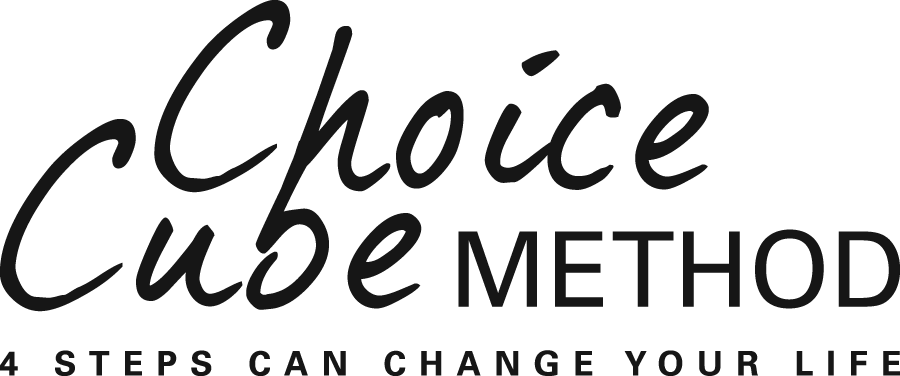“What?” Katie, a pleasant, thirty-eight-year-old looked surprised. 
PEOPLE-PLEASING IS LEARNED BEHAVIOR “It’s true,” I answered, “People-pleasing is a learned behavior. You know what I mean. In order to feel safe and get along in the world, you learned to pretend things were okay when they were not.
Instead of being honest and sharing what you really felt and wanted, you learned to accept whatever people handed you. You learned to avoid confrontation whatever the cost.”
“Early in life,” I continued, “it probably felt safer not to argue or stand up for yourself-- to ‘make nice.’ So you repeated that ‘get-along nicely’ behavior over and over. The problem is that without realizing it, each time you repeated it, you made changes to your brain and body until people-pleasing became automatic and ‘easy’—a way of life.”
“Learning to people-please is like learning any other skill—riding a bike, typing, or swimming. The more you repeat the behavior, the better you become at doing it, even if the “skill” (refusing to discuss an issue, feeling like a victim, or silently blaming others) is destructive or useless.”
“So you learned very well how to get along ‘nice and easy.’ Allowing yourself to be honest may even seem dangerous. You may be afraid to be real (though you may not allow yourself to feel the fear). Because you usually react as a non-confrontational, people-pleaser you probably believe this is who you really are.”
YOU HAVE A FALSE SELF AND A HEALTHY BEST REAL SELF “But Katie,” I said, “that is not the whole story. Yes, you have that make-nice-at-any-cost part of you. I call it a false self. But you are ignoring the best of who you are. The gentle, loving part of you that wants kindness and harmony, that’s the best of who you are--the real you.”
“Circumstances, experiences and choices can morph the best of anyone into an anxious people-pleaser. Fear and the need to get along can distort your thoughts and make it feel dangerous to tell people what you want.”
“Anyone may create a false self to get along--to feel safe and in control. But repeatedly acting as the false self, causes that self to seem like the real self. In fact, the false people-pleaser can become so powerful that eventually it seems impossible to be honest and let others know where you stand—to set boundaries with others. It feels too scary to come out of hiding.”
YOU CAN LEARN TO DO SOMETHING DIFFERENT “But there is good news.” I continued, “Just as you learned to hide and make nice, you can unlearn it and learn to do something different! You can learn to be honest, but kind, and say what’s on your mind. Sure, it takes effort and time, but the alternative is to stay stuck doing the same useless and hurtful things over and over.”
WHAT ABOUT IT? ARE YOU READY FOR A CHANGE? These four steps can take you where you want to go.
- · Step 1: Recognize when you go into your people-pleaser self.
- · Step 2: Label what you are feeling (anger, fear, shame). Then let go of those feelings, safely and appropriately. (There are specific techniques for this.)
- · Step 3: See the big picture (your strengths and possibilities as well as your weaknesses). Then focus on the positive.
- Step 4: Replace the negative with the positive and take a risk. Act on it!
Would you like to learn more about why you fall back on people-pleasing and your false self? Take a look at Become the Person You Were Meant to Be - The Choice-Cube® Method: Step by Step to Choice and Change http://amzn.to/N7PKTh . In this book, I help you understand why you are the way you are. I provide simple tools to give you choice and take the four key steps to help you change. Copyright Dr. Beth Blevins Cujé 2012 http://www.choicecube.com.






